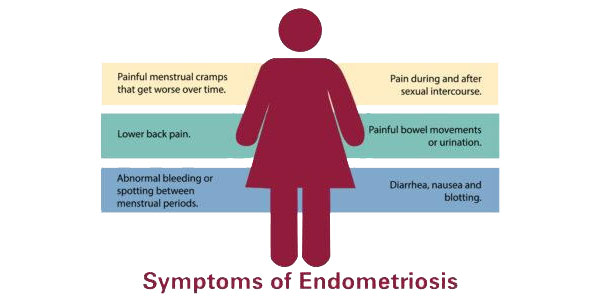
What to Do to Treat a Kitchen Burn at Home
Jun 18, 2022
Advertisement
Sadly, burns are one of the most prevalent types of injuries that may occur in the home. Kitchen burn is ranked in order of their degree of severity. Because it only affects the superficial layer of skin, a burn of the first degree is regarded to be the least severe kind. In most cases, the only symptoms experienced are slight discomfort, redness, and swelling. Burns of the second degree impact the deeper layers of the skin and result in blistering, as well as white, moist, and glossy skin.
Burns of the third degree cause damage to all layers of the skin, while burns of the fourth degree might potentially affect the joints and bones. Burns of the third and fourth degrees are regarded as medical emergencies and must be treated in a medical facility at all times. Burns of the first degree and second degree less than three inches in diameter may often be treated successfully at home. Keep reading to find out which home remedies are the most effective for curing your skin conditions and which ones you should steer clear of.
The Most Effective Home Treatments
The healing process for moderate burns normally takes around a week to two weeks and does not typically result in scars. Milder burns. The primary objectives of burn therapy are to alleviate pain, protect the patient from infection, and hasten the healing of the skin.
1. Cool Water
When you receive a slight burn, you should first run cool (not cold) water over the burned area for approximately 20 minutes. Do not use cold water. The burnt region should then be washed with gentle soap and water.
2. Cool Compresses
It would help if you reapplied the compress anywhere between five and fifteen minutes at a time. It is best to avoid using cold compresses since they have the potential to make the burn much more uncomfortable.
3. Antibiotic Ointments
Topical antibiotic ointments and lotions may be effective in warding against infections. Your burn should be treated with an antibiotic ointment such as Bacitracin or Neosporin, and then it should be covered with cling film, a sterile, non-fluffy bandage, or a towel. Buy Bacitracin and Neosporin from the internet marketplace.
4. Aloe Vera
The "burn plant," known as aloe vera, is a common marketing term. According to several studies, aloe vera gel is an excellent treatment for minor burns of the first and second degrees. In addition to having anti-inflammatory properties, aloe also boosts circulation and stops the formation of microorganisms.

5. Honey
Honey just became sweeter. When applied directly to the skin, honey has the potential to reduce the pain and speed the healing process of mild burns. Honey is known to reduce inflammation and has natural properties that make it antibacterial and antifungal.
6. Reducing Sun Exposure
Make every effort to stay out of the direct sunshine to prevent the burn from worsening. The sun will bring out the skin's extreme sensitivity once burnt. Maintain a covering of garments over it.
7. Resist The Urge to Burst Your Blisters
Do not pick at your blisters, regardless of how tempting they may seem. You risk getting an infection when you pop a blister on your own. Consult a medical practitioner if you are concerned about the blisters that have resulted from your burn.
8. Take an OTC Pain Reliever
Take an over-the-counter (OTC) pain medication such as ibuprofen (Motrin, Advil), or naproxen, if you are experiencing any discomfort (Aleve). Make sure you read the label carefully to determine the appropriate dose.
Remedies That Should Not Be Used
Avoid using any of the following over-the-counter treatments for burns:
1. Butter
Butter should not be applied to a burn. Butter has very little to no evidence to support its usefulness as a treatment for burns. In addition to that, it may make your burn much worse.
2. Oils
Contrary to the widespread perception, Coconut oil is not a panacea for all medical conditions. Burns of the third degree cause damage to all layers of the skin, while burns of the fourth degree might potentially affect the joints and bones. Oils, such as coconut oil, olive oil, and cooking oils retain heat and may even cause the skin to continue to burn. For the same reason that you shouldn't apply butter to your burns, you shouldn't apply oils to your burns either.
3. The Whites of Eggs
Another urban legend, applying raw egg whites to a burn exposes the wound to the danger of bacterial infection and is thus not recommended. Eggs are another common food that might trigger allergic reactions.

Advertisement




